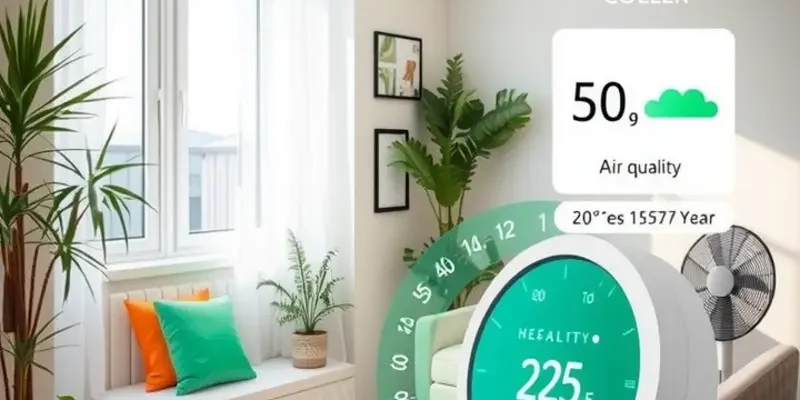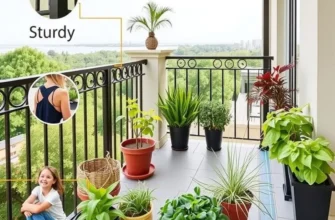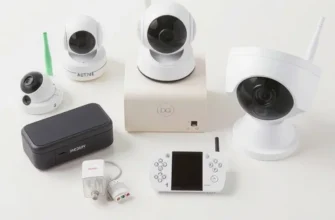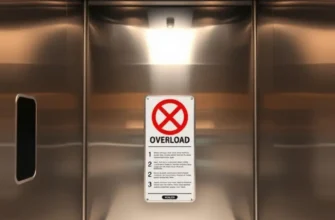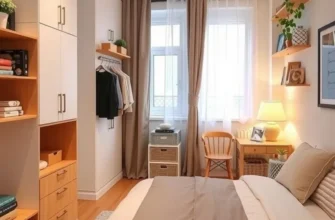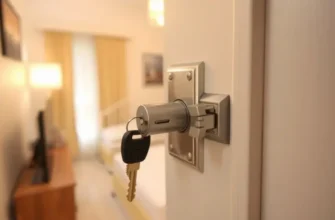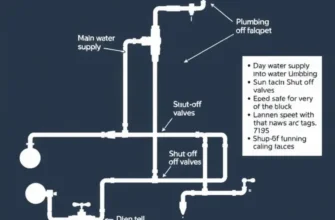Renting an apartment comes with its own unique set of challenges, but maintaining a healthy living environment shouldn’t be one of them. One often overlooked aspect of apartment living is the air quality, which directly impacts your health and well-being. Poor air quality can lead to a myriad of problems, from allergy flare-ups to respiratory issues. Fortunately, there are easy, practical measures that renters can adopt to improve air quality without worrying about extensive renovations or long-term commitments. In this guide, we will explore effective strategies to enhance your home’s air environment, focusing on safety, security, and hassle-free maintenance solutions. By prioritizing these elements, renters can ensure that their living spaces are not only comfortable but also safeguard their health. Let’s dive into practical methods to help you breathe easier in your apartment.
Understanding Your Indoor Air Quality

The air inside your apartment can greatly affect your health and comfort. It is crucial to understand the common pollutants that lurk indoors. Often, these pollutants are invisible, but their impact can be substantial. Some typical indoor air pollutants include dust, pet dander, and volatile organic compounds (VOCs) released from materials like paint and furniture.
Dust is more than just a nuisance. It consists of tiny particles that include dirt, skin cells, and clothing fibers. Left unchecked, dust can exacerbate respiratory issues and allergies. Similarly, pet dander, a major allergen, can linger in the air, affecting even those without pets, especially if previous tenants had animals.
VOCs present another significant challenge. These chemicals vaporize at room temperature and are emitted by products like cleaning supplies, air fresheners, and building materials. Extended exposure to VOCs can lead to headaches, throat irritation, and longer-term effects such as damage to the liver or central nervous system. Reducing the use of such products when possible can minimize VOC levels.
Ventilation plays a pivotal role in maintaining good indoor air quality. Stagnant air allows pollutants to concentrate, but proper airflow can help disperse them. Open windows when weather permits, or use exhaust fans to encourage air circulation. Ensuring that airflows are unobstructed will also help in keeping pollutants at bay.
Humidity control is another vital aspect. High humidity supports mold and mildew growth, while overly dry air can irritate skin and respiratory passages. Aim to maintain humidity levels between 30-50% to create a comfortable and healthy environment. Use a hygrometer to monitor indoor humidity levels and adjust with a humidifier or dehumidifier as necessary.
Finally, keeping your apartment clean can substantially impact air quality. Frequent dusting and vacuuming can reduce dust and allergens. Clean or replace HVAC filters regularly to enhance efficiency and prevent dust recirculation.
For additional tips on managing your living space, check out this cleaning checklist to keep your apartment in top shape while maintaining exceptional air quality.
Simple Upgrades for Cleaner Air
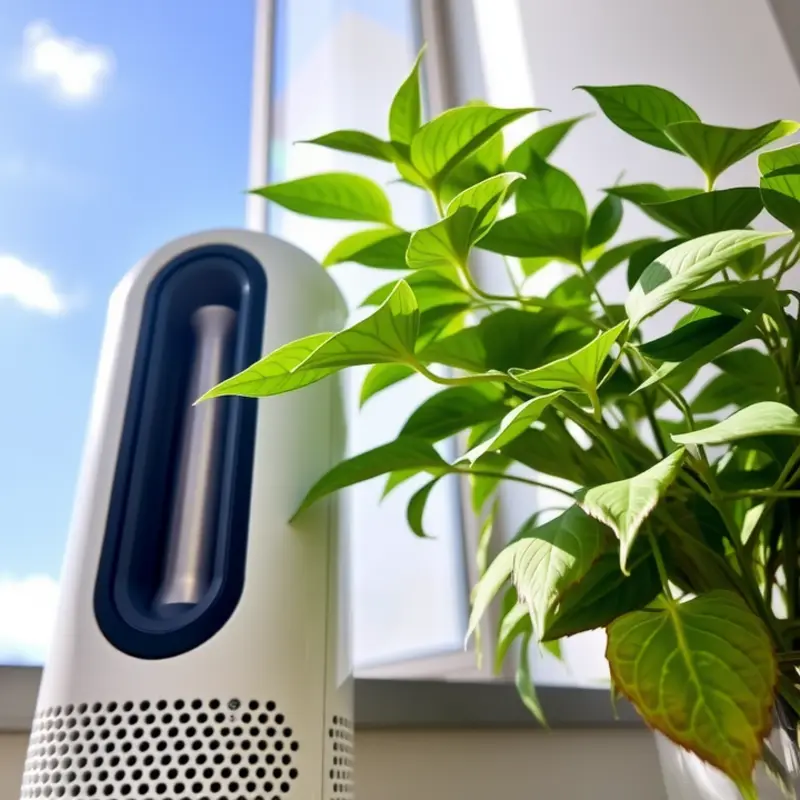
Enhancing the air quality in your apartment doesn’t require extensive renovations or costly investments. A few strategic upgrades can transform your space into a haven of clean air, improving comfort and well-being. Let’s explore some practical solutions.
Firstly, consider investing in an air purifier. These devices can filter dust, pollen, smoke, and other airborne particles, making a significant difference in enclosed spaces. When choosing an air purifier, look for models that match the size of your rooms. Ensure they have a HEPA filter, known for capturing fine particles effectively.
Introducing houseplants into your apartment is another excellent strategy. Plants like peace lilies, spider plants, and Boston ferns naturally purify the air by absorbing carbon dioxide and releasing oxygen. They can also remove volatile organic compounds, which are common in household products. While they beautify your home, plants contribute to a healthier indoor environment as well.
Regular maintenance is crucial for maintaining optimal air quality. Start by changing the filters in your heating and cooling systems regularly. Typically, filters need replacement every three months, but this can vary based on usage and type. Clean your vents consistently, ensuring they remain free of dust and debris. These routine tasks help circulate better-quality air and prevent allergens from accumulating.
Moreover, be mindful of humidity levels in your apartment. Excess moisture can lead to mold growth, which severely impacts air quality. Use a dehumidifier if necessary, especially in areas like bathrooms or kitchens, where moisture tends to accumulate.
For further improvements, ensure any gas appliances are properly maintained to prevent the buildup of harmful gases. If your lease permits, consider adding weatherstrips around windows and doors to minimize drafts and prevent outdoor pollutants from sneaking in.
Lastly, consider integrating some low-maintenance plants to improve your air quality without adding much to your upkeep routine. For more ideas, you can explore this resource on low-maintenance apartment plants, which can provide additional insights into selecting plants that suit your lifestyle.
By incorporating these simple upgrades and maintenance habits, you’ll not only enhance air quality but also create a more comfortable and healthier living space. These changes are not only affordable but also easy to implement, making them perfect for renters looking to breathe easy in their homes.
Final words
Improving air quality in your apartment is not only vital for your health but also contributes to your overall comfort. The steps outlined in this guide are straightforward and designed with renters in mind, ensuring you can implement them easily without overwhelming tasks or significant costs. By recognizing the common pollutants and taking proactive measures, such as integrating plants and air purifiers into your living space, you’ll create a healthier environment for yourself. Remember, a small change can yield significant benefits. Breathe easy, enjoy your space, and stay safe!

